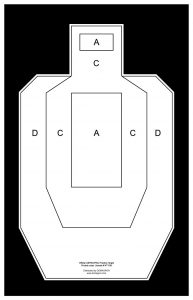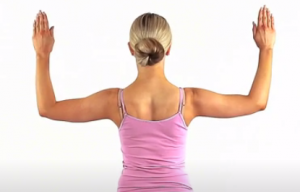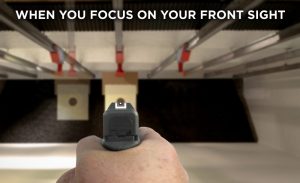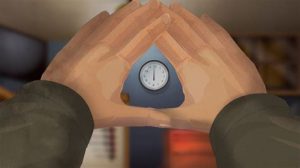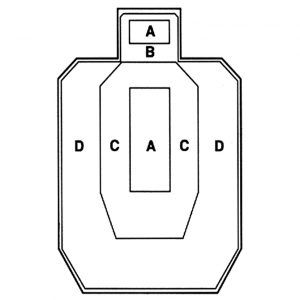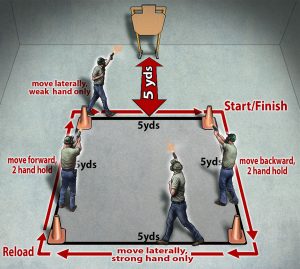
“The Box Drill”
OffGridNews gives us three drills. The second one, Off the X, seems the most practical. The other two are at the link.
Defensive Handgun Drills (#2): Off The X
The X is where the fight starts. Remember: You do not get to pick when the fight starts or ends; the bad guy does. So when he starts that fight, move. Change it up and make him think, and most importantly, get out of his sights. Sometimes you can’t move backward, so you need to move in a variety of directions, which could be to get away or get to cover.
This one is often difficult to practice live, but the main point isn’t to score shots with this drill. Dry works for 99 percent of the drill. That 1 percent of marksmanship practice can be achieved elsewhere.
The shooter starts with a weapon concealed and holstered. RSO or signal goes off and drill begins. Shooter moves dynamically to the left, right, backward or even forward. Forward movement is not to move toward the bad guy, but only to cover. Moving in a diagonal pattern is often the best method; you can get away and move out of the line of sight for the bad guy.
The point of this drill is to draw, get your gun on target, and move hard and fast out of the line of sight of the target. You can change this drill in multiple ways. Add obstacles and cover. Have someone place cover randomly without your prior knowledge and have your back turned to the engagement area. Again, 99 percent of this drill can be effectively learned without the use of live ammo. If ammo is used, be safe.
[This seems like a drill for an instance where you are both not the target, and not sure of the cause of gunfire in your proximity: draw and take cover or concealment as best you can while looking to egress the area asap. Avoiding a gunfight is a win!]
——————
And a bonus drill:
Single-hand Stackup, Steve Tarani
At 10 yards, set up a steel “A-box” plate or a paper target with a designated center mass, primary-strike zone.
Support-Hand Stackup Drill – Part One
Starting with your support hand only, begin with the pistol drawn to the low-ready position aimed in at the base of the target (where the target base contacts the ground), with a firm grip and finger outside the trigger guard.
On the buzzer or go signal, move the muzzle from the target base to the visual center of your intended target and fire one round when your sights are aligned.
Your timing (purpose of the drill) should be to break the shot at the exact same time your sights align with the visual center of the target. Include follow-through after the shot by recovering (reset visually and mechanically) to visual center again after recoil. Once you can do this successfully four times in a row without error, you are then ready for part two.
Support-Hand Stackup Drill – Part Two
The second part of the Support-Hand Stackup Drill is to deliver, rather than a single shot, four consecutive shots from the low-ready position. If you are using a timer to record your shot times, you’ll want to work toward reducing your split times (times between breaking each shot) to as low as your skill level will allow that day.
Strong-Hand Stackup Drill – Part One
Moving on to your strong hand, start with your pistol holstered and both hands below your gun belt. Facing the target at the 10-yard line, on the buzzer or go signal present the pistol from your holster, stabilize the muzzle as you aim in at the visual center of your intended target and fire one round.
Just like the first drill, your timing (purpose of the drill) should be to break the shot at the precise time your sights align with the visual center of the target and to then recover back to visual center again after recoil. Once you can do this successfully four times in a row without error, then you are ready for part two.
Strong-Hand Stackup Drill – Part Two
The second part of the Strong-Hand Stackup Drill is, like with the weak-hand drill, to deliver four consecutive shots after drawing from the holster. If you are using a timer, you’ll want to work toward reducing your split times to as low as your skill level will allow that day.
Both single-hand stackup drills can be run from an open holster or from concealment [we recommend you practice the way you EDC.] and with or without a timer.
Remember, the objective of these nifty skill-builders is twofold: to develop your timing as to when the shot breaks and to reduce your split times.
[We did not mention the source because that organization supports gun control and always has, period! Practice this as a self-defense drill and not a skills test or IDPA course.]
